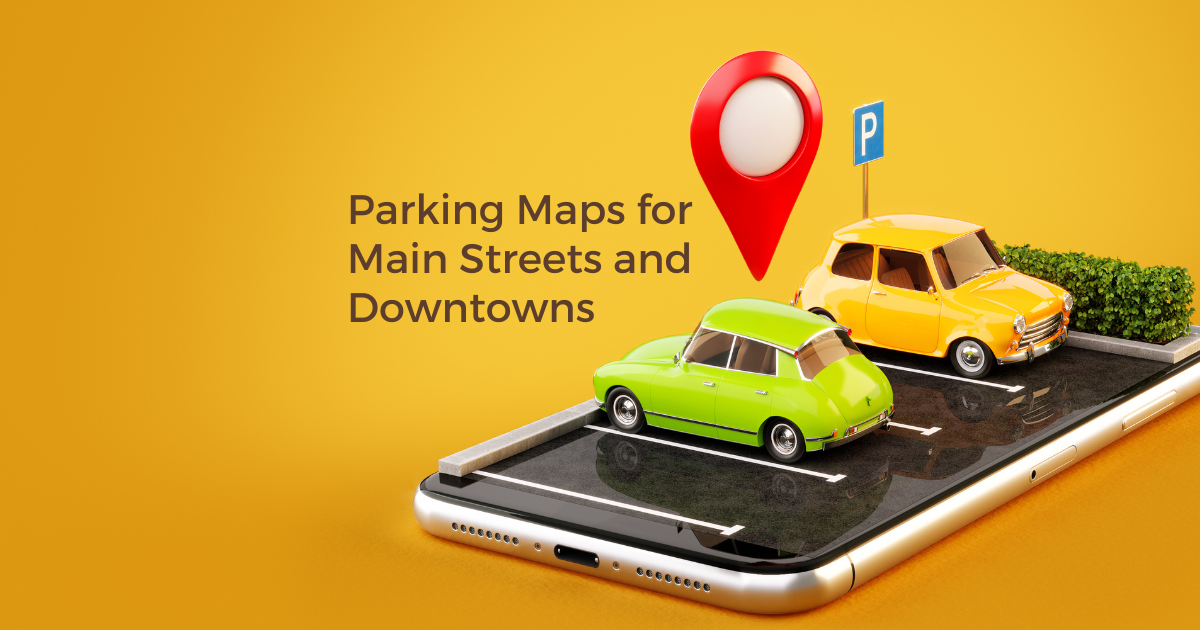
Campus maps are essential tools for universities and colleges, guiding students, faculty, and visitors through the labyrinth of buildings, facilities, and landmarks. But as times change, so do the needs of these institutions. Monmouth University recognized this and decided it was time for an upgrade. They turned to Proxi to create a more interactive, user-friendly digital campus map.
What Are Campus Maps?
Campus maps are crucial for anyone navigating a college or university. They visually represent the layout of the campus, highlighting essential locations like academic buildings, residence halls, dining facilities, libraries, parking lots, and athletic areas. Historically, these maps were static, often found in printed brochures or basic website displays. While they served their purpose, their lack of flexibility made it difficult to update information or enhance the user experience.
In contrast, today's campus maps have evolved into dynamic, interactive tools. They allow for real-time updates and customizations, adapting easily to changes in the campus layout. Modern campus maps often feature interactive elements such as virtual tours, multimedia embeds like images, video, and audio, and customizable categories. This advancement provides a richer and more engaging experience, helping prospective students, current students, faculty, and visitors navigate the campus with ease while showcasing the vibrant life of the university.
Meet the Monmouth University Map
Monmouth University, set in the charming town of West Long Branch, New Jersey, is known for its beautiful campus and rich history. To help everyone - whether they’re a first-time visitor or a long-time faculty member - navigate campus, Monmouth University upgraded to a modern, interactive digital map using Proxi.
Thanks to Proxi, the Monmouth University map has become an essential tool for exploring the campus. It is organized into easy-to-filter categories such as academic buildings, residence halls, dining spots, libraries, parking lots, and athletic areas. This organization makes it simple for users to find exactly what they need.
Each point on the map provides detailed information, including descriptions, images, multimedia embeds, and links to additional details. Users can also take advantage of built-in directions and route options to guide them from their current location to their destination with just a few clicks.
Branding is another standout feature of the map. It prominently displays Monmouth University’s school colors and logo, seamlessly integrating these elements into the map's design. This ensures that the map is not only functional but also reflects the university’s identity.
The base map is designed with precise building outlines, making it easy for users to locate buildings, paths, and landmarks. Whether someone is heading to a specific classroom or finding the best route from the student center to the library, the map provides clear and accurate navigation.
With Proxi, Monmouth University now has a map that enhances campus navigation while showcasing the beauty and functionality of the campus.
Why Monmouth University Upgraded to Proxi
Monmouth University chose to upgrade their campus maps with Proxi because they wanted to offer an enhanced user experience. The traditional maps they had been using were no longer meeting the needs of their tech-savvy students and visitors. By using Proxi, Monmouth University was able to create a digital campus map that is not only easy to navigate but also interactive, allowing users to explore the campus in a way that’s both informative and engaging.
Core Proxi Features
Proxi stands out as a map builder because it offers a suite of powerful features that make creating and using maps a breeze. Here are eight key features that Monmouth University found particularly useful:
No-Code Map Creation: With Proxi, you don’t need to be a tech expert to build a map. The intuitive interface allows anyone to create a map without any coding knowledge. Click, type, upload, and add points with ease!
Interactive Points: Users can click on various points on the map to learn more about specific locations, making the map more engaging. Points are filled with rich content information, links, and images.
Customizable Design: Proxi offers a range of customization options, allowing Monmouth University to brand the map according to their style guidelines.
Real-Time Updates: The map can be easily updated in real-time, ensuring that any changes to the campus are immediately reflected.
Mobile-Friendly: Proxi’s maps are designed to be fully accessible on mobile devices, making it easy for users to navigate the campus on the go.
Search and Filter: Users can search for specific locations and filter results based on categories, such as academic buildings, dining options, or parking.
Multimedia Integration: The ability to add images, videos, and other media to map points helps bring the campus to life.
Data Analytics: Proxi provides valuable insights into how the map is being used, helping the university make informed decisions.
.png)
Use Cases for Campus Maps
Campus maps are versatile tools that can serve various purposes. Here are five ideas for how universities can make the most of Proxi’s map builder:
New Student Orientation: Create a map that guides new students through important locations on campus, like dorms, libraries, and dining halls.
Campus Tours: Offer self-guided tours with an interactive map that highlights key historical sites and student hotspots.
Event Navigation: Use a campus map to help attendees navigate events like open houses, graduation ceremonies, or homecoming.
Accessibility Routes: Provide a map that shows accessible routes and entrances for students and visitors with mobility challenges.
Safety and Emergency Locations: Highlight safety features like emergency call boxes, health centers, and security offices.

How to Build Your Campus Map with Proxi
Creating a campus map with Proxi is easy! Here’s how you can get started:
Set Up Your Base Map: Begin by choosing your location and setting the zoom level. This gives you a clear view of your entire campus.
Organize Your Categories: Decide on categories that make sense for your map, like academic buildings, parking lots, landmarks, dining options, and libraries.
Add Points to Your Map: You can search for specific places to add or upload multiple points at once using a spreadsheet or Proxi’s text-to-map tool.
Enrich Your Points: Enhance each point with details - add descriptions, images, links for more information, and even multimedia like videos or audio clips.
Customize Your Map: Make your map uniquely yours by adding your university’s logo, choosing your colors and fonts, and selecting a background style that suits your campus.
Share Your Map: Once your map is ready, embed it on your website, share it on social media, or include a QR code on posters and signs around campus for easy access.
And that’s it! With Proxi, you can create a map that’s not only functional but also a true reflection of your campus.
Final Thoughts
Monmouth University’s decision to upgrade their campus maps with Proxi highlights the importance of keeping up with technological advancements. By choosing Proxi, they were able to create an interactive, user-friendly map that meets the needs of today’s students and visitors. If you’re considering upgrading your own campus maps, Proxi offers the perfect blend of functionality, customization, and ease of use.
Ready to transform your campus maps? Give Proxi a try and see how it can enhance the way people experience your university.
Related Articles
Get Inspired
View All Featured MapsAdventure Awaits!
Check out some of the latest articles on our blog





.png)
